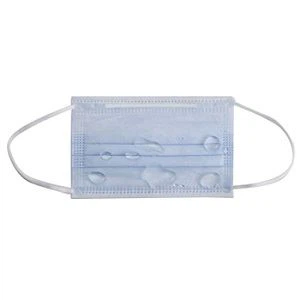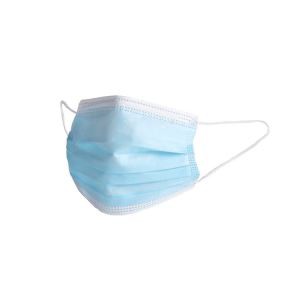Understand What a Medical Mask Protects You From
Medical or surgical masks are intended to cover both your mouth and nose. They are designed with material that can block large-particle droplets, splashes, sprays and splatter — all of which may contain viruses or bacteria that may be harmful to you.
Know the Difference Between a Medical Mask and an N95 Respirator
An N95 respirator is a device used by health practitioners to block 95% of very small particles. Unlike medical masks, N95 respirators fit more securely on your face and against your skin, and are able to filter airborne particles.
Clean Your Hands
Before touching a clean medical mask, wash your hands thoroughly with both soap and water.
Check the Medical Mask For Defects
Once you’ve taken a new (unused) medical mask from the box, check it to ensure it doesn’t contain any defects, holes or tears in the material. If the mask has defects, holes or tears, throw it away and select another new (unused) mask from the box.
Orient the Top of the Mask Properly
In order for the mask to fit as close to your skin as possible, the top portion of the mask will have a bendable, but stiff, edge that can be moulded around your nose. Ensure this bendable side is facing upwards before applying the mask to your face.
Ensure the Proper Side of the Mask Faces Outwards
The inside of most medical masks are white in colour, while the outside has a colour of some sort. Before applying the mask to your face, make sure the white side of the mask is facing towards your face.
Place the Mask on Your Face
Here are many types of medical masks available, each with different methods of attaching the mask to your head.
Adjust the Nose Piece
Now that the medical mask is in place on your head and face, use your index finger and thumb to pinch the bendable portion of the top edge of the mask around the bridge of your nose.
Tie the Lower Band of the Mask If Needed
If you’re using a mask with bands that tie on the top and bottom, you can now tie the bottom band around the base of your skull. Because adjusting the bendable nose piece can impact the fit of the mask, it is best to wait until after the nose piece is in place before tying the bottom straps.
Fit the Mask to Your Face and Under Your Chin
Once the mask is completely secured, adjust it to ensure it covers your face and mouth, and so the bottom edge is under your chin.
Remove the Mask Carefully
In general, remove the mask by only touching the edges, straps, loops, ties or bands. Do not touch the front portion of the mask which may be contaminated.
Dispose of Your Mask Safely
Medical masks are designed to only be used once. Therefore when you take the mask off, place it in the trash immediately.
Wash Your Hands Again
Once you’ve disposed of the mask safely, wash your hands once more to ensure they’re clean and didn’t get contaminated by touching the dirty mask.






